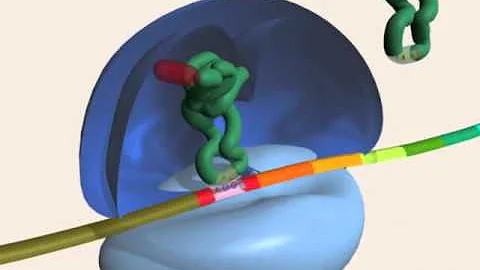Quais os tipos de estereotipias no autismo?

Quais os tipos de estereotipias no autismo?
Os movimentos repetitivos mais comuns de se observar no espectro autista envolvem:
- balançar o corpo para frente e para trás.
- balançar as mãos (também conhecido como “flapping”)
- bater os pés no chão ou em algum objeto próximo.
- girar objetos ou girar em volta do próprio corpo.
- cruzar e descruzar as pernas muitas vezes.
Porque autista balança as mãos?
Olá! As esteriótipias fazem parte dos sintomas do autista e não devem ser reprimidas, a não ser que isso possa prejudicar ou causar algum dano, aí sim tem que ser pensando uma forma de evita-las. Há relatos clínicos que esteriótipias que foram tiradas a força são substituídas por auto agressão ou TOC.
Which is the best definition of the word stimming?
- Stimming definition is - a self-stimulatory behavior that is marked by a repetitive action or movement of the body (such as repeatedly tapping on objects or the ears, snapping the fingers, blinking the eyes, rocking from side to side, or grunting) and is typically associated with certain conditions (such as autism spectrum disorder).
Why do so many people engage in stimming?
- Engaging the stim offers relief and pleasure, she says, and the pleasure she feels reinforces the behavior, creating a cycle. People who stim used to be encouraged to unlearn the behavior, sometimes with the help of therapy and/or medication.
What should I do if I have stimming behavior?
- Seek guidance from a specialist who works with autistic individuals if you have autism. They can assess your situation and explore the reason (s) behind the behavior. Learn about therapy options such as applied behavior analysis (ABA) behavioral therapy or work with an occupational therapist.
What does stimming mean in the DSM 5?
- While stimming typically refers to repetitive movements, as Howard describes, it can also include staring at stimuli—such as lights—or making sounds like making noises or humming, says Dr. Davidson. Stimming is commonly associated with autism, says Dr. Davidson. The DSM-5 even includes stimming as a diagnostic criteria for the disorder.















